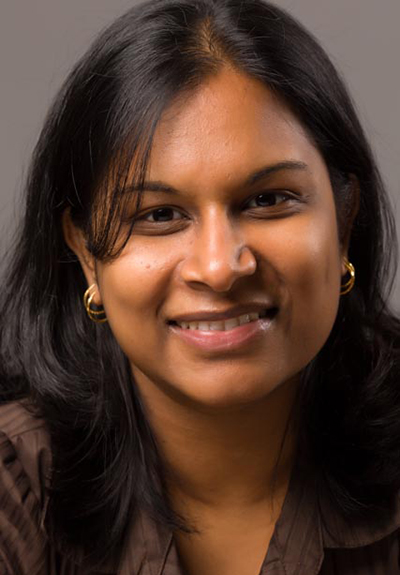Gene Networks in Cochlear Patterning
07-19-2017

How is a cell’s identity determined? When is it specified? How does this lead to a specific arrangement of cells in a sensory organ? How do several pathways integrate to organize this organ? To address these questions, Dr. Munnamalai’s organ of study is the cochlea, the auditory organ, which is an exquisite example where fine-grained patterning is essential for function. Understanding the genetic basis of cochlear development is an important health concern as hearing loss is projected to double by 2060.
The cochlea is an incredibly complex, but well-designed organ. Precise patterning across its width is linked to the neural connections going to or from the brain. These different neurons serve, respectively, to convey sound to the brain, or to dampen the signal in the presence of very loud sounds. During embryonic development, a pool of progenitors must be instructed how and where to make each of the different cochlear cell types. This process is orchestrated by two opposing signals: Wnts and Bmps. Wnt morphogens are a class of proteins that control patterning on the inner side of the cochlear spiral, where the sensory cells detect sounds that must be sent to the brain. The Bmp4 morphogen is secreted from the outer side, where sensory cells receive information from the brain. Together, Wnts and Bmps break spatial asymmetry in the embryonic organ to generate these two main classes of mechanosensory hair cells: inner hair cells and outer hair cells. This three-year grant is specifically designed to go downstream of these signals, and discover sub-circuits of a larger gene regulatory network regulating radial patterning of the developing mouse cochlea.
Postdoc Advisor: Donna M. Fekete